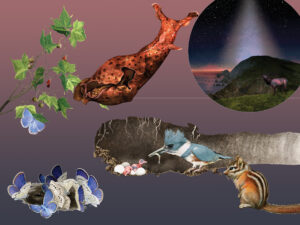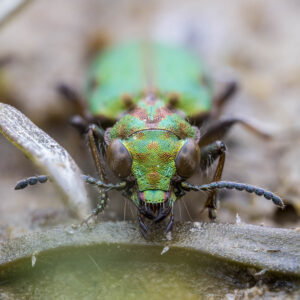A number of local bird rescue groups are reporting an outbreak of salmonella among pine siskins, small songbirds that are common at Bay Area bird feeders this time of year.
Wildcare of Marin sent dead birds to a lab for testing and confirmed that they died of salmonella. “The disease Salmonellosis is a common cause of disease and death in wild birds,” said the organization in a statement. “Bird feeders bring large numbers of birds into close contact with each other, which means diseases can spread quickly through multiple populations. Salmonella bacteria is primarily transmitted through contact with fecal matter, so birds at a crowded feeder are much more likely to be exposed than birds in a wild setting.”
Rescue experts recommend that residents remove and clean bird feeders every two weeks and bird baths daily, regardless of disease outbreaks. And if you see dead birds in your yard, it’s important to remove feeders, wash them thoroughly, and leave them down for at least a month. Read the full recommendations, including how to protect yourself from the disease while cleaning feeders.





